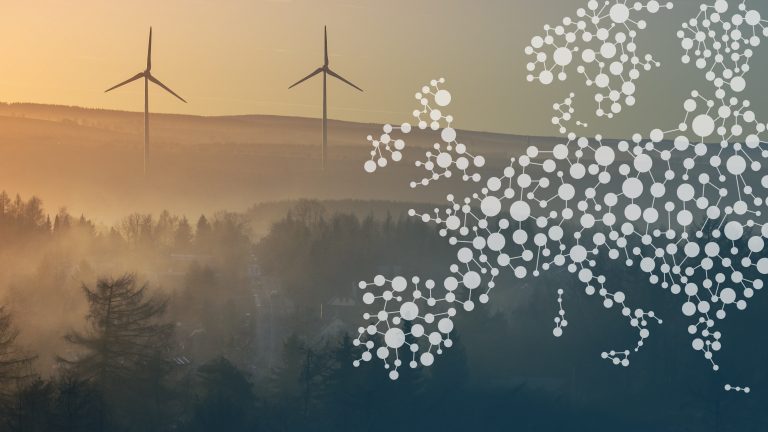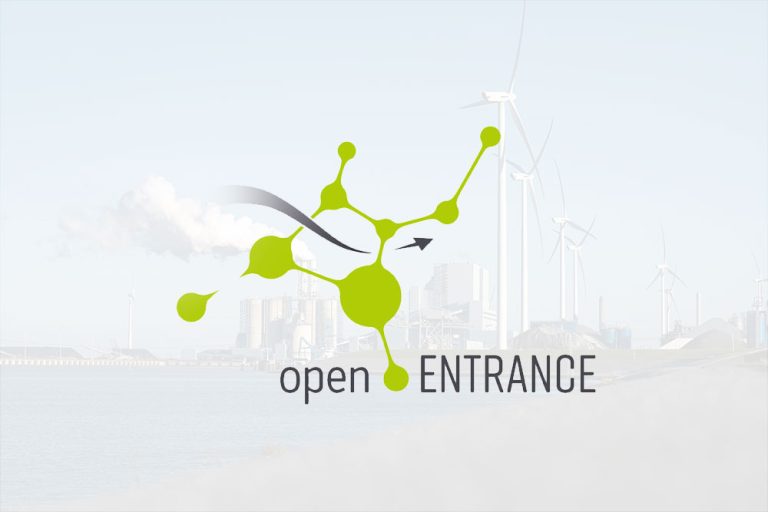- We present a comparative analysis of macroeconomic impacts of the four openENTRANCE decarbonization scenarios until the year 2050 using the outcomes of two Computable General Equilibrium models.
- The decarbonization scenarios have only moderate effects on GDP, they rather result in large sectoral shifts.
- The ETS-price (Emission Trading System) is expected to increase extremely fast between 2040-2050. The last 20% CO2 reductions seem to be the costliest to avoid emitting.
- Results are mainly robust across the two models.
The mitigation of the increasingly visible events and consequences of global warming are one of the biggest challenges of humankind. At the same time, national governments feel the need to keep the economy healthy, thriving and just for its population. Global warming – as the word suggest – is a global problem and cannot singlehandedly be solved by individual countries. The Paris Agreements, following on the 2015 Climate Change conference, was a big step towards a low-carbon future. Countries could submit their national independent contribution (INDC), expressing in which way they aim at reducing greenhouse gas emissions and reduce the risk and impact of climate change (Zhang et al (2021)).
Still, the dialogue between policy makers, researchers and industry can be further improved. This deliverable aims at contributing to this challenge by giving insight in the different ways to get to a low carbon-emissions energy system in Europe. We present a comparative analysis of environmental and socio-economic impacts of recently developed decarbonization scenarios for the region until the year 2050 using two Computable General Equilibrium models, EXIOMOD and REMES-EU.
In the OpenENTRANCE project, four scenarios for decarbonization of the energy system have been developed (Hainsch et al (2022)). Three of the scenarios comply with the (European fraction of the) 1.5°C global temperature increase limit. The fourth one approaches the 2.0°C target. The scenarios focus on combinations of a strong technological development, fierce climate policies or a motivated society as driving factors behind the decarbonisation. The scenarios have been translated in quantified model input for the macro-economic models. This input was partly provided by an energy system model. This model provided for example the technology mix (e.g. wind, solar, hydro, etc) of the electricity sector, and the energy demand of non-energy producing sectors.
Both EXIOMOD and REMES-EU show strong declines in CO2 emissions, forced by the cap-and-trade system implemented in the EU. Furthermore, both models predict an exponential growth in ETS-price between 2040-2050. The last CO2 emissions are the costliest to prevent from emitting. In order to keep emissions below the cap on carbon, both models predict a steep increase in demand for electricity and a decline in demand for fossil-based energy sources. The effect of the decarbonisation scenarios on GDP is limited. Feedback effects from climate on economy are included via decreasing labour productivity due to higher temperatures. This results in a lower expected GDP when the economy does not decarbonize fast enough. While most of the results are robust for the model choice, the models differ regarding the price mechanisms. EXIOMOD shows increasing prices of fossil fuels, which are driven by the existence and increase of the carbon budget. These high fossil fuel prices in turn result in decreasing demand for fossil fuels. REMES-EU shows on the other hand CO2 allowances supposed to be purchased alongside fossil fuels in proportion to the amount of emission that a particular fuel produces in a given sector. The increase in CO2 price due to the lower carbon budget over time, lead to a decrease in demand of fossil fuels which, in turn, lead to a decrease in price of the aforementioned fuels.





